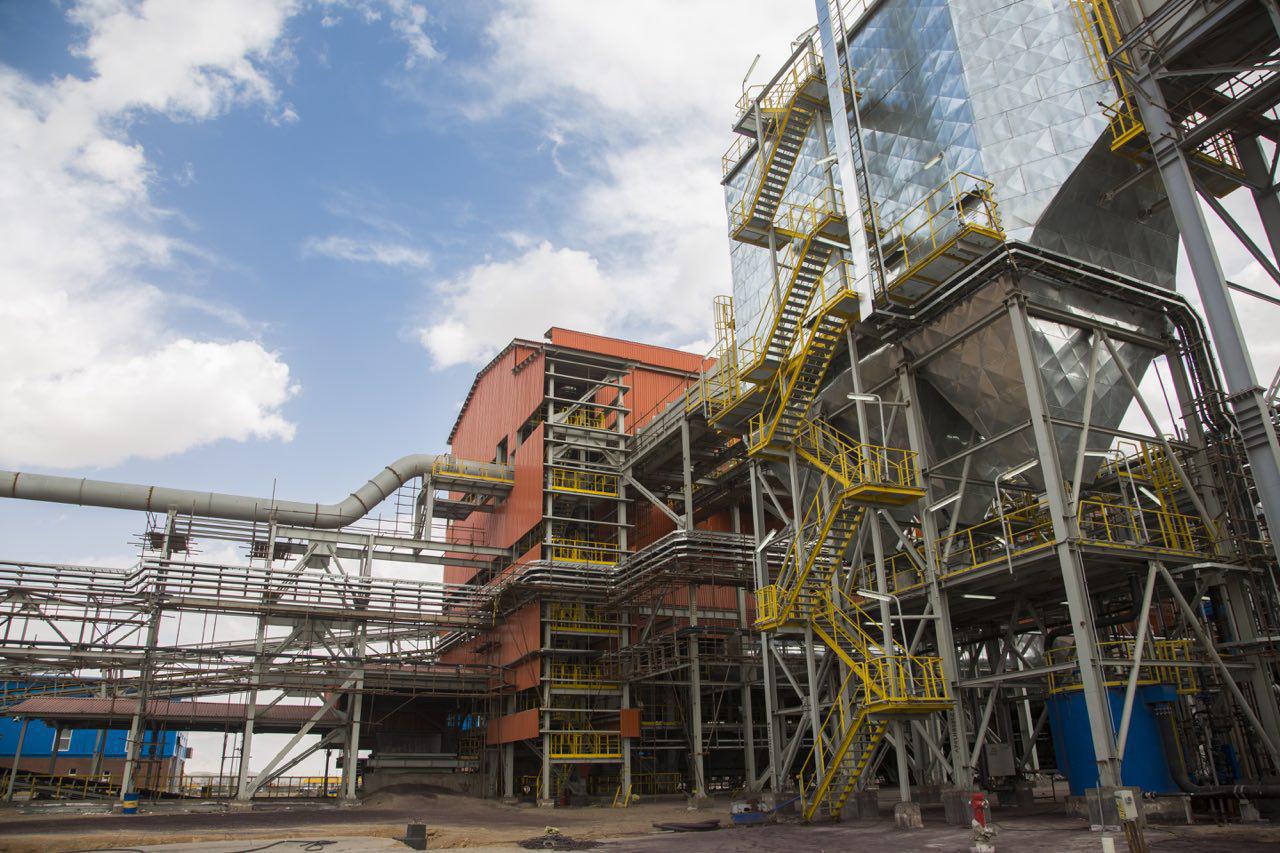The Iranian government is on a fast track to tackle the issue of unprocessed mineral exports.
Various mineral processing plants are being established in rapid succession to create further value added and make better use of the country’s natural resources, as lawmakers claim.
Fingers are pointed at all miners, including copper, stone, zinc, lead, gemstone and iron ore companies. The latter are under special scrutiny, as they are meant to provide the feedstock for one of Iran’s largest industrial sectors–the steel industry.
Steel furnaces will require a growing supply of ore and its downstream products, such as concentrate, pellet and sponge iron, to realize the ambitious goals stipulated in the 20-Year Vision Plan (2005-25). The plan sees production capacity rise to 55 million tons of crude steel by the end of 2025.
The latest development in the field is the establishment of Golgohar Mining and Industrial Company’s (otherwise known as GEG) new mineral processing plant.
GEG’s pellet-making plant No. 2 was inaugurated on Monday by Minister of Industries, Mining and Trade Mohammad Reza Nematzadeh and First Vice President Es’haq Jahangiri in Kerman Province.
According to Nematzadeh, the new plant adds 5 million tons to the domestic annual pellet-making capacity to reach a total of 29.5 million tons. It was established using 4.4 trillion rials of funding ($125.7 million at the market exchange rate) and €103 million of foreign investment.
According to GEG Managing Director Nasser Taqizadeh, the pellet plant already produced about 100,000 tons of the industrial material during its 20-day trial period.
Taqizadeh noted that the pellets match global standards and are ready for exports.
Located 55 kilometers south of Sirjan County in Kerman Province and established in the 1990s, GEG is one of Iran’s largest iron ore and pellet producers. It operates Iran’s second-largest iron ore mine that holds an estimated 1.1 billion tons of ore reserves.
Furthermore, GEG is planning to launch two iron ore concentrate production lines, a sponge iron plant and a steel plant, and further enhance the output of its new pellet-making plant by the end of 2020. This will add 14 million tons to the company’s concentrate production capacity and 15 million tons to pellet-making capacity, creating 5 million tons of sponge iron and steelmaking capacity.
Exporting Pellets Instead of Iron Ore
The boost in domestic pellet-making capacity comes at a time when government officials announced plans to halt the export of unprocessed iron ore as of March 2017 to increase the export of more value added products like pellets on the one hand and making use of raw iron ore for the expansion of domestic steel industry on the other.
In 2015, Iran exported 14.8 million tons of iron ore, down 35% compared to 21.8 million tons in 2014 and was ranked the world’s 11th leading exporter of the steelmaking material.
Most of Iran’s iron ore exports were shipped to China. Last year’s exports to China decreased by 40% from 2014 to 13.2 million tons owing primarily to the prevailing low global iron ore prices.
GEG was locked in negotiations with the government back in September to remove a 30% export duty on pellets so it can sell around 1-2 million tons of iron ore pellets by the start of the next Iranian year on March 21, 2017.
Talks appear to have been successful, as deputy minister of industries, mining and trade, Jafar Sarqeini, told Minews on Monday that “the government encourages concentrate and pellet exports and will remove export duties on them soon”.
Iran used to import 7-8 million tons of pellets a year, with a total domestic demand of 28-29 million tons, but the new supplies should end reliance on overseas purchases and turn the country into a major exporter, amid weak domestic demand for steel presently.



